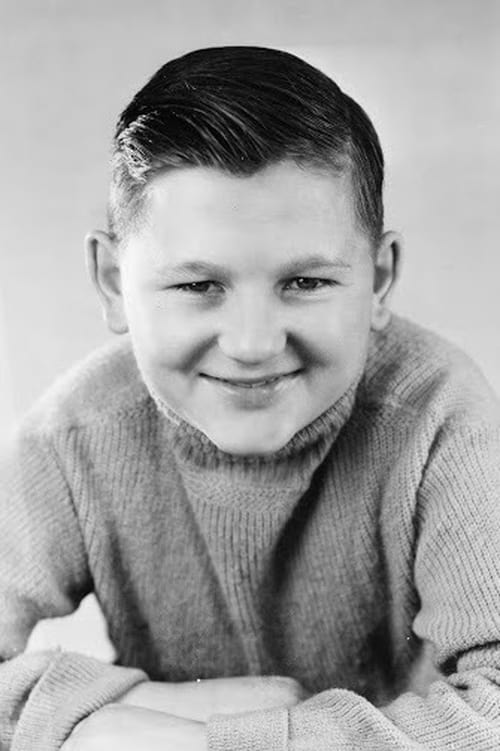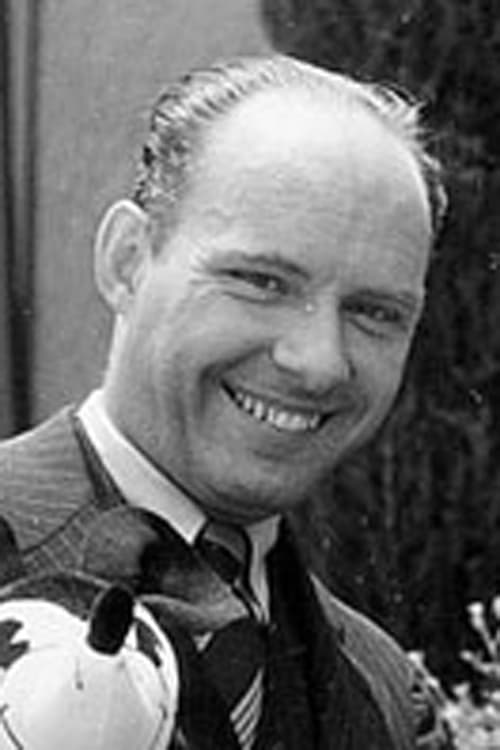Bold King Cole (1936)
Género : Animación
Tiempo de ejecución : 7M
Director : Burt Gillett
Sinopsis
Felix the Cat is perched in a tree playing his guitar and serenading himself and a canary with a little ditty called "Nature and Me." It is a beautiful day in cartoon-land but Mother Nature, perhaps not a music lover, whips up a lightning-laden thunderstorm and Felix is soon seeking shelter. He finds it at the castle of King Cole, a boastful, fabricating blow-hard. The King's ancestors, tired of hearing the braggart, come out of their pictures as ghostly specters and take the King to the dungeon and pump the gassy hot-air out of him.
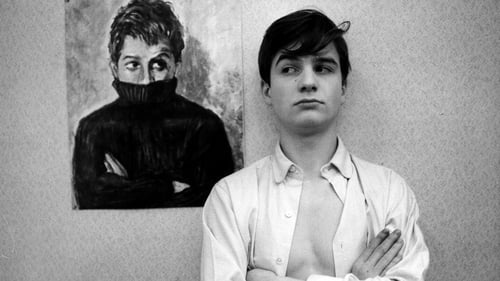
Segunda película realizada en torno al personaje de Antoine Doinel, que sigue tras "Los 400 golpes", realizadas por Truffaut.
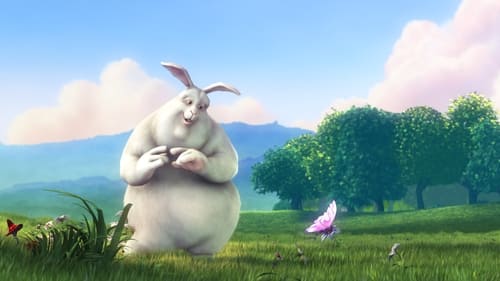
"Big Buck Bunny" es un corto animado en el que un enorme conejo bonachón se encuentra con tres vecinos del bosque, Frank, Rnky y Gamera, que se divierten maltratando pobres criaturas, tirándoles frutas, nueces y rocas. Tras aplastar a dos de sus mariposas preferidas y cargar contra el propio Bunny, éste responde con una ofensiva en la que olvida su carácter amable y orquesta su venganza. El corto (de nombre en clave "Proyecto Peach") está producido por el Instituto Blender, parte de la Fundación Blender, y al igual que la anterior película de la fundación ("Elephants Dream") está realizado enteramente con software libre.

Tomas, un chico ciego, escucha sonar el teléfono. Al otro lado de la línea se encuentra Francine, su novia... que le comunica que todo se ha acabado y que lo va a dejar con él. Aclamado cortometraje de Tom Tykwer ("Corre, Lola, corre") que fue presentado en 2004 en Berlín y que en 2006 fue incluido en la película episódica "Paris, je t'aime".
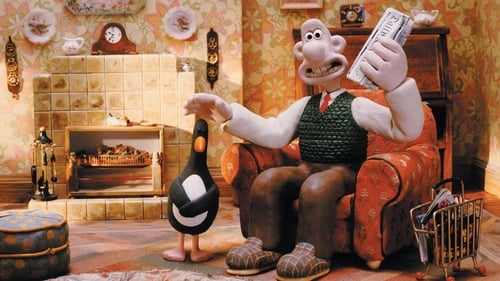
En esta nueva aventura, Wallace le regala unos modernos pantalones a Gromit que le acabarán saliendo más caros de lo que esperaba después de conocer al huesped al que hospedarán en su casa, un aparentemente inocente pingüino...

Cortometraje documental que hace un retrato de Las Hurdes (Cáceres), una de las regiones más pobres y menos desarrolladas de la España de 1932. La insalubridad, la miseria y la falta de oportunidades provocan la emigración de los jóvenes y la soledad de quienes se quedan en esta desolada región extremeña.

"L'Arrivée d'un train à La Ciotat" es sin duda uno de los filmes más famosos de la historia. La imagen de un tren llegando a una estación, pasando muy cerca de la cámara mientras reduce la velocidad, se convirtió rápidamente en una escena absolutamente icónica de esa curiosidad de reciente invención llamada "cinematógrafo".
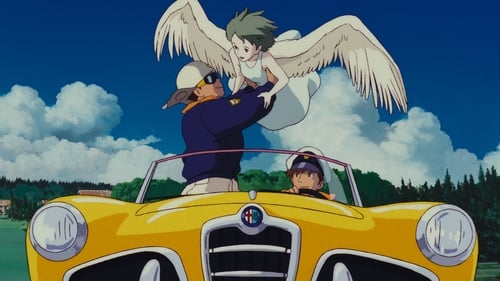
En un futuro próximo, dos hombres descubren que una misteriosa muchacha con alas ha sido secuestrada para experimentar con ella, y deciden liberarla a toda costa
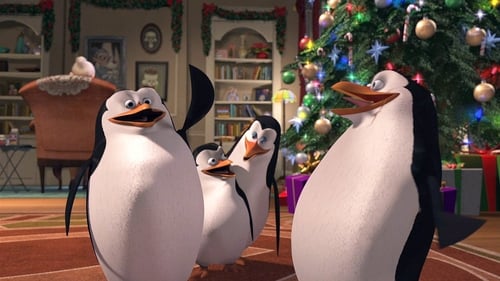
El más joven de los pingüinos del equipo, Cabo, sale del zoológico en la víspera de Navidad para encontrar un regalo para el solitario oso polar del zoo. Mientras camina por las calles de Manhattan, Cabo es capturado por una anciana que lo confunde con un juguete masticable. Ese juguete era un regalo para su cruel perro, el Sr. Chew (El Sr. Mordidas en Latinoamérica). Los otros tres pingüinos, Skipper, Kowalski y Rico, salen a rescatar a Cabo del apartamento de la anciana antes de que sea demasiado tarde. (FILMAFFINITY)

In the story, 33-year-old Kanazawa native Noriko had decided long ago not to accept an ordinary, provincial life for herself. So, she had gone to college in Tokyo, worked on her own, married a man at an elite trading firm, and had a child. She has just returned home from five years abroad with her husband and four-year-old son. However, she senses a large emptiness in her heart since coming back. Moreover, there is a man who shares a big secret with Noriko.

A school theater production is not the best place to fall in love. Especially when you're in charge of lights and you can not stop looking at Romeo
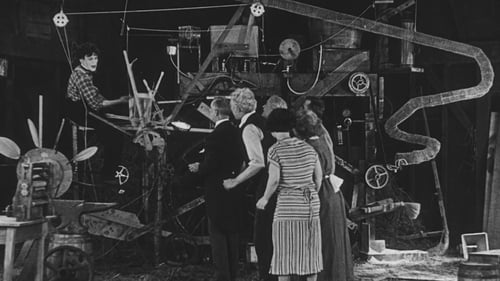
Charley invents a machine that turns ordinary, breakable eggs into rubbery, unbreakable ones for transport. He builds a Rube Goldberg contraption of parts stolen from his neighbors. Rival egg companies want his invention, one of them stooping to sabotage to get it.
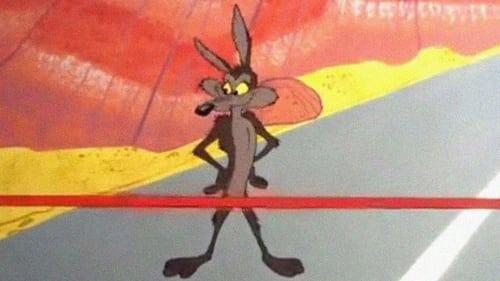
Wile E. Coyote's plans for catching the Road Runner involve a giant elastic spring, a gun and trampoline, TNT sticks in a barrel, and tornado seeds. The last of these schemes results in the Coyote being swept up by a twister and carried into a mine field.

When Charley asks a young woman whom he is in love with to marry him, she tells him that he needs to get her father's consent. But when Charley then goes to see her father, who owns a restaurant, he ends up getting hired as a dishwasher instead. The rest of the kitchen staff soon find out that Charley is not a member of their union, and they go on strike. Charley is left by himself, leading to a series of upheavals in the restaurant, and a great invention.

Two bureaucrats discuss the potential suicide of a man standing perfectly still in front of a door that opens into the night sky and a fatal drop.

This short animation set to Lenny Bruce's live monologue tells how the Lone Ranger hooks up with Tonto. With Bruce doing all the voices, this animation begins with local folks upset at the Lone Ranger because he won't stay around to be thanked after a good deed. So, he stays and finds he likes hearing "Thank you mask man." When their attention starts to shift elsewhere, he shocks and disgusts the townspeople with a final request. According to the cartoon’s producer John Magnuson, at early showings of this, gay audiences were upset by its apparent “fag-bashing”. And it’s true, part of the fun of the piece is just crying out “Masked man’s a fag”, scandalising and defacing the image of this all-American hero. But it’s within the larger context of Bruce’s analysis of heroism, and that the towns people reject the Masked Man is because of their prejudices, not because Bruce is asking us to endorse them. (from: http://ukjarry.blogspot.de/2010/01/352-lenny-bruce-thank-you-mask-man.html)
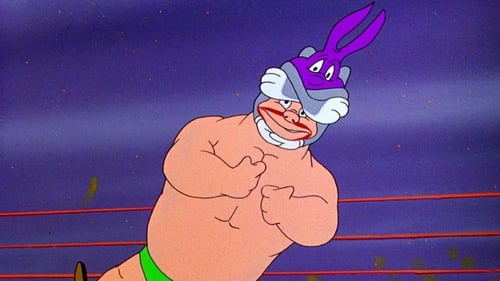
Bugs gets involved in a wrestling match to save Ravishing Ronald from the Crusher.

La historia que se plantea se centra en un grupo de estudiantes de alrededor de 18 años que se reúnen en en instituto para realizar un corto de terror. La actriz protagonista del supuesto corto no se motiva lo suficiente, por lo que la directora, que es bastante dura, decide aprovecharse de los rasgos psicópatas del chico que lleva la cámara, que parece obsesionado con la actriz. A partir de ahí se inicia un juego en el que el espectador, como los actores del corto cuya filmación estamos presenciando, dudan sobre si lo que está sucediendo es verdad o mentira, actuación o vida. Segundo trabajo de Amenábar (tras 'La cabeza', 1991) en el que el realizador se encargó de la dirección, el guión, la música, el montaje e incluso realizó el único papel masculino de la cinta. Sorprendió tanto a José Luís Cuerda que éste le financió su siguiente trabajo, Luna (1995).

Historia de un tipo que no tiene cabeza y que necesita una para ir a un baile.
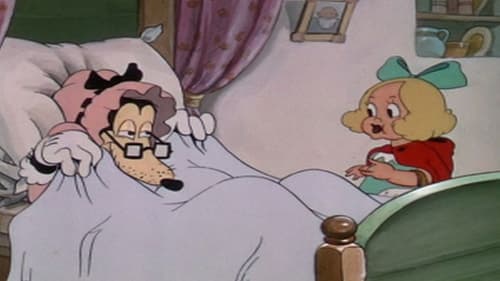
Segundo de los cortos de Disney basados en los tres cerditos. Esta vez, se encuentran con Caperucita y deciden ayudarla a llegar a casa de su abuelita. 42º de los 75 cortos que forman las Silly Symphonies de Disney.
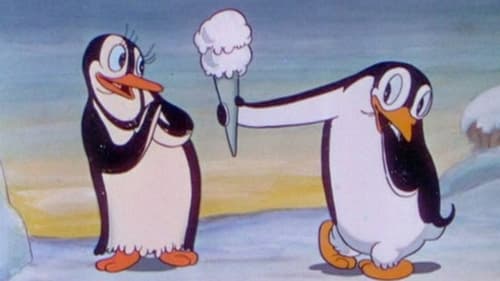
Los pingüinos bailan y juegan en la Antártida.

